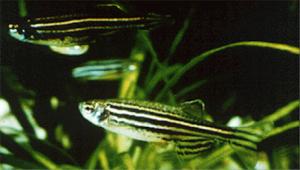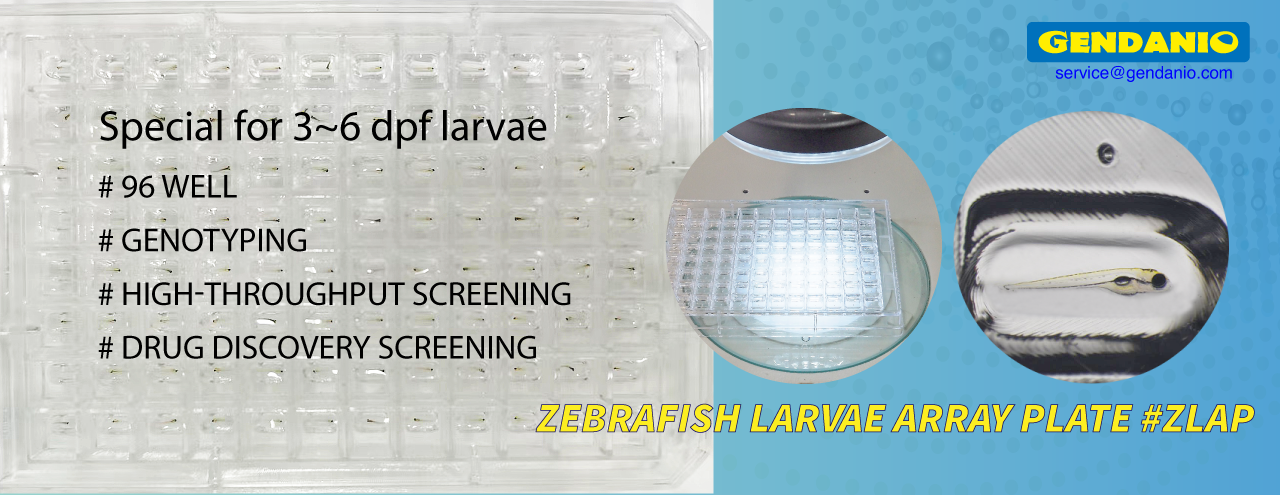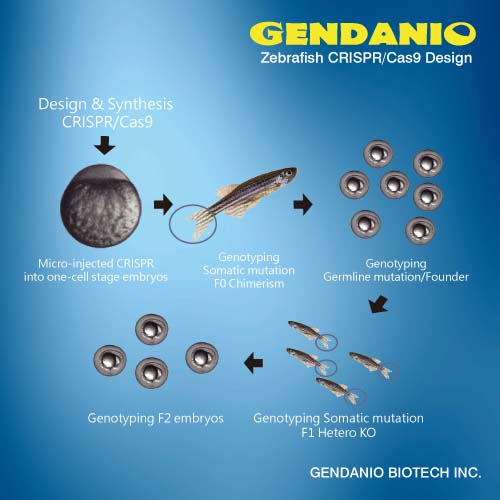ScienceDaily (Oct. 19, 2004) — Tampa, FL (Oct. 18, 2004) -- For the first time, researchers have sequenced all 36 genes of novel receptors that appear to play a critical role in the innate immune protection of zebrafish – an achievement that could lead to a better understanding of infectious diseases and certain cancers.
Their paper, titled “Resolution of the novel immune-type receptor gene cluster in zebrafish,” appears online today in the Proceedings of the National Academy of Sciences.
“This is the most genetically complex system of innate immune receptors thus far described,”said principal investigator Gary Litman, PhD, Hines Professor of Pediatrics who works at the Children’s Research Institute at the University of South Florida College of Medicine and All Children’s Hospital. “They may be related to receptors in humans involved in natural killer cell function.” Natural killer cells sense and kill malignant cells and cells infected with certain viruses.
The zebrafish, a small species of freshwater aquarium fish, increasingly serves as an animal model for the study of genetic diseases. Like humans, it has two types of immune systems – innate and adaptive. Innate immune systems provide a first line of defense against foreign microorganisms. But, humans and other jawed vertebrates have also evolved more customized or adaptive immune systems, which use an arsenal of antibodies and T-cell receptors to fend off diverse pathogens and prevent repeat attacks.
Dr. Litman and his colleagues are trying to tease out details about the evolutionary transition from innate to adaptive immunity with powerful new biotechnology techniques.
They searched the genome of the zebrafish and identified a class of genes, called novel immune-type receptor (NITR) genes, which are predicted to be capable of recognizing a wide range of surface molecules. A portion of the NITR genes is very similar to variable region genes of antibodies and T-cell receptors, but the NITR genes do not undergo the complex genetic rearrangements of these adaptive receptors.
“The comprehensive definition of the NITR gene cluster in zebrafish reported in this paper represents a significant step toward understanding the mechanisms underlying the transition from non-specific innate immunity to specific adaptive immunity,” Dr. Litman said.
The researchers also found that only one of the 36 NITR genes is involved in the activation type of innate immunity. By targeting the one gene and knocking it out, researchers may be able to eliminate innate immunity. They hope to use the zebrafish as a tool to better understand how innate immunity may ignite adaptive immune response and to investigate potential therapies for immune deficiencies in humans.
The team working with Dr. Litman included researchers from Huntsman Cancer Center in Salt Lake City, UT; H. Lee Moffitt Cancer Center and Research Institute in Tampa, FL; the Wellcome Trust Sanger Institute in the UK, and the University of Florida in Gainesville, FL.
The zebrafish genome study was supported by grants from the National Institutes of Health, the Pediatric Cancer Foundation, the National Science Foundation and the American Cancer Society. Moffitt Cancer Center, the Wellcome Trust and All Children’s Hospital also supported the project.
Source: ScienceDaily
























